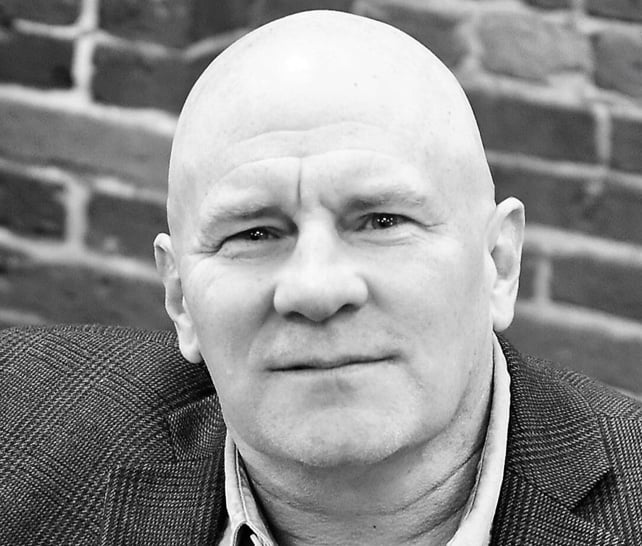"Communication is the most important part of leading change.”
“It’s important to communicate the importance of this change to everyone at every step.”
“We’ve got to make sure people understand how important this change is.”
And the worst of all…
“We’ve got to make sure people to buy-in!”
Worst of all? Yes!
I’ve heard some form of every statement I just shared with you. So have you. We’ve heard these words again and again.
And they suck!
Now to be fair, yes––communication is an essential part of leading any change. But communication is NOT a one-way process!
We’ve got to bash this into our thick leader skulls. Not only is communication not a one-way process, it’s not even a two-way process. It’s a cycle––and we’d better understand this cycle or anything we say will sound like the “wah-wah-wah” dialog in a Peanuts cartoon.
Let’s tackle the worst first…
Over the past ten years I have never seen a leader worried about buy-in unless they’re trying to sell something people never wanted in the first place. The main problem is that some decision has already been made––and now you’re trying to get people to accept it.
You’ll never have to “sell” people on a change if they’re involved in the process from the start. And that’s where the communication cycle should start.
Involve ALL impacted or affected parties––early and often. Keep the lines of communication flowing from start to finish––and beyond.
When you involve people early they’ll identify trouble spots before they become major obstacles. They’ll bring you ideas and solutions from perspectives you might not have ever considered.
Of course the flip side is the disappointment when someone’s idea or suggestion isn’t implemented. Part of the communication cycle is to make sure that everyone’s input is appreciated and given serious consideration. Most people are satisfied to be heard and understand they won’t always get everything they want.
Now it is important to communicate the importance of a change and to keep people informed along the way. Not to just shove the change down their throats, but so you can be responsive and make necessary adjustments along the way.
This is why the communication “cycle” is so important.
Take a few minutes and study this graphic…

You can see that effective communication is a never-ending cycle of call and response. You want to listen––and hear––as well as talk. How your message is filtered provides valuable insight, if you’re willing to understand. Responses and even resistance can give you incredible intel.
If you keep your ears open––and your heart and mind too––you will continually focus the cycle and make your communication more effective. Along the way, you’ll probably earn more respect, trust and loyalty too!
The research is absolutely bombproof in this area. People perform at their best when––and only when:
- They know their leaders care
- Their work has meaning
- They have the chance to learn, grow and develop
To satisfy each of these areas, we must communicate effectively. This means listening, understanding––responding and adjusting as well as talking.
Too often leaders try to shortcut this process with clever slogans, emotionally charged appeals, bribes (incentives) or threats. There are no effective shortcuts.
Finally, too many leaders look at communication as a clinical, even a mechanical process. It is not.
Communication is the basis of all human relationships. It gives us the ability to cooperate. Our elegant and elaborate means of communication made us the dominant species on the planet.
Your success as a leader is defined by your ability to get people to work together. You’ve got to understand the cycle.
That’s how you transform ME into WE.







